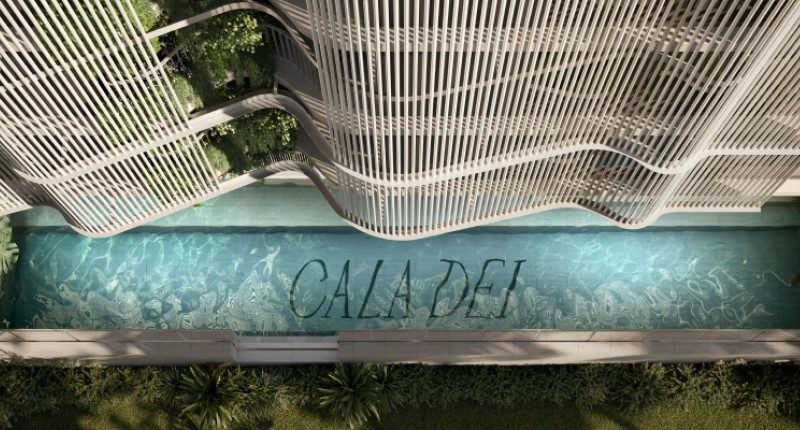- Majority of sales were local Queenslanders
- The apartments all sold for an average of $1.5M
- $7.1M penthouse sale is believed to be the second-highest purchase price in the area
The buying frenzy in the Gold Coast continues with Brisbane-based developer Spyre Group’s latest beachfront project selling out in just four weeks after its online launch.
Cala Dei at Greenmount consists of two and three-bedroom residences that have sold for an average of $1.9 million, with 11 being purchased for $2.5 million.
Most notably, the penthouse was purchased by a local family for $7.1 million, only a few days after Spyre received development approval.
This purchase is the second-highest price on record for a Gold Coast apartment south of Mermaid Beach – the first is a penthouse nearby in the new Awaken development which recently sold for $8.15 million.

The sell-out is believed to be one of the fastest-selling projects ever in Gold Coast history and represents Spyre’s fourth consecutive sell-out. The tower will be built on the well-known Komune Resort at Coolangatta, which the group acquired off-market.
Demand for property in Gold Coast, including in the southern suburbs such as Coolangatta, has soared with asking prices increasing dramatically over the past year.
SQM Research data shows the asking price for all houses in Gold Coast South is over $1 million, putting it in the league of Sydney, Melbourne and other regional coastal areas such as Byron Bay.
Gold Coast South
(Select part of the chart to zoom in on various years, and ‘reset zoom’ button to return)
“It’s definitely solidified our commitment to the Gold Coast, and due to the nature of Cala Dei’s sell out we have proceeded to acquire a further 2 beachfront sites that we intend to launch in the second half of this year,” said Andrew Malouf, Spyre Group Director.
“We were confident that the project would be well received by the market, but a 4 week sell out certainly isn’t something we expected, it was a very pleasant surprise.”
Andrew Malouf, Spyre Group Director
Sales went to a mixture of local and interstate buyers with 55% of purchases made by South East Queensland locals, 42% to interstate buyers, and an overseas purchase from Singapore.








